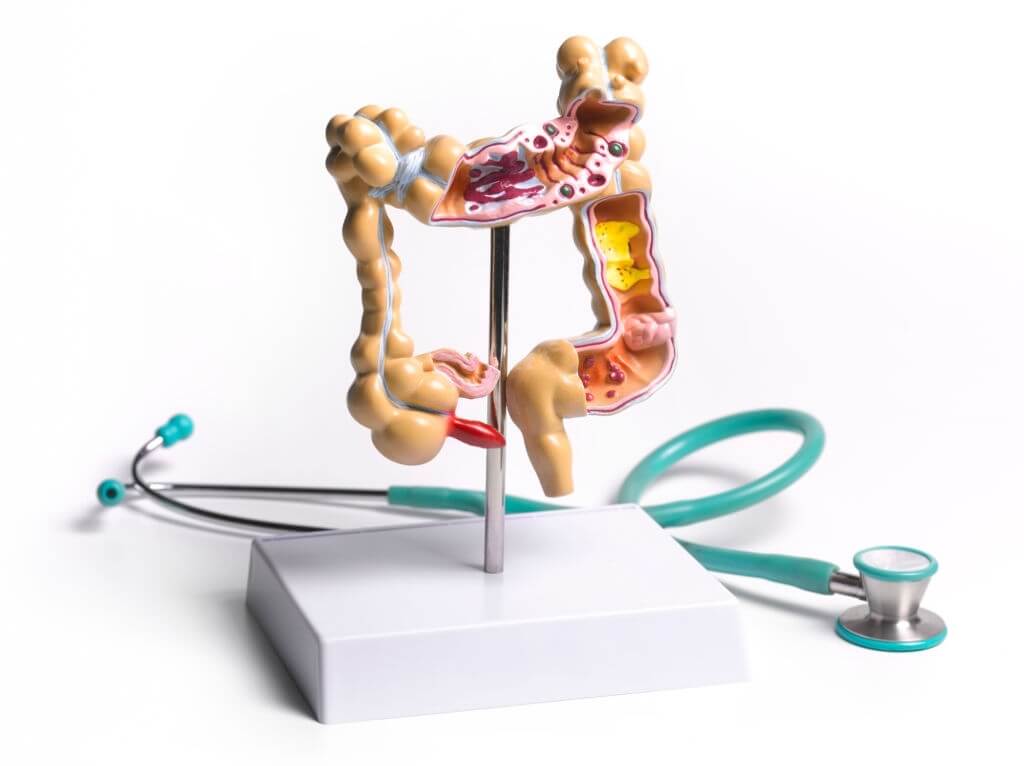Ulcerative colitis is an inflammatory bowel disease (IBD) that often manifests between the ages of late teens and thirty. It is unknown what creates it.
Although there is evidence that the condition is caused by a complex interaction of hereditary and environmental variables, with gut flora playing a key role.
Years Before The Start Of Ulcerative Colitis In Healthy People
Though not considered a big threat to the community, it is one of the ailments that prove to challenge for mankind. The experts research various cases to find the cause that leads to this medical condition in the age group of 20-30 which is considered as a healthy one and free from common diseases.

A few researchers have found some symptoms that are shown by the body before a few years of UC in a particular individual. This research was done after checking a number of samples from different data.
“This is the first time that research has been able to identify, in detail, the type of inflammation that exists in healthy individuals who later in life develop ulcerative colitis,” says Daniel Bergemalm, physician and researcher on gastrointestinal diseases.
The identification of ulcerative colitis, a gastrointestinal illness, might take several months after the first signs appear. There’s really, nevertheless, a forerunner to the illness many decades before appearance, as established in research at Rebro University.
“One problem for research is that once the disease has flared up, the immune system is under such stress that any factors that do have an impact, risk drowning in the noise of the severe inflammation,” says Daniel Bergemalm, specialist and lead author of the study published in the scientific journal Gastroenterology.
Rather than searching for hints in the condition’s hyperactive immune response, a research team went backward in time to see what happened before Crohn’s disease signs appear.
“The blood samples provided us with a unique opportunity to do a first major study of the causes of ulcerative colitis. We could access blood samples from individuals who were healthy at the time of sampling, but who developed the disease later in life,” says Daniel Bergemalm who is affiliated with the research group inflammatory bowel disease (IBD) and translational gastroenterology.
The duration of the samples taken and the disease’s start ranged from 1 to 15 years. Scientists are enabled to see patterns in 90 different inflammatory compounds, and six particular protein was identified.
“We already knew that the level of some of these proteins increased in individuals with ulcerative colitis. For the first time, we were able to see that they were also present in healthy individuals long before they developed any symptoms,” says Daniel Bergemalm.
The scientists also analyzed samples of blood from pairs of twins in which one has Crohn’s disease and the other not to see if there was a difference in their outcomes. The siblings are genetically identical and grew raised in the same surroundings.
The discovery of such six enzymes puts scientists closer to figuring out what triggers ulcerative colitis. There were currently no proven methods for avoiding ulcerative colitis.
The study will now be expanded to also include additional biobanks, according to the researchers. The amount of protein studied will be increased from the initial 90 to many hundreds, allowing scientists to gain a greater understanding and deeper knowledge of whether the immunological response itself is related to ulcerative colitis and how are they related.
“It is possible that we in the future could use blood samples from individual patients to see what has caused the disease in that particular person and on that basis tailor the drug treatment,” says Daniel Bergemalm.